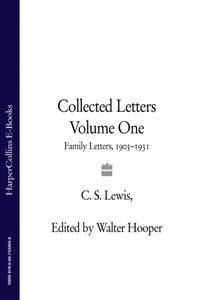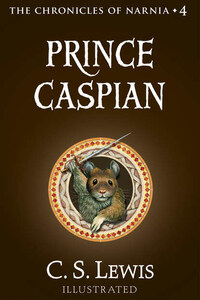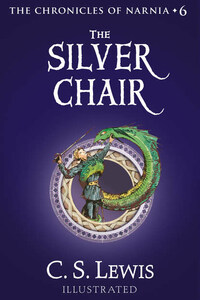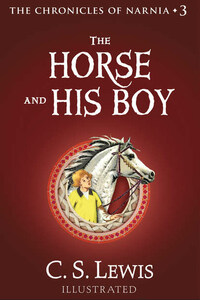‘A heavy responsibility rests on those who forage through a dead man’s correspondence and publish it indiscriminately.’ Thus C. S. Lewis wrote to his father, Albert Lewis, on 5 June 1926 about The Letters of Sir Walter Raleigh which both were reading. Sir Walter Raleigh (1861-1922), whom Lewis had known, was the first Professor of English at Oxford (1904).
‘The funny thing,’ Lewis went on to say, is that Raleigh’s ‘views on the things of the spirit…are not really in opposition to the atmosphere of Christianity. Whatever he thought about the historical side of it, he must have known…that the religious view, whether literally true or not, was at any rate much more like the reality than the views of the scientists and rationalists.’
It is surprising to find C. S. Lewis–the clearest of writers–attempting to create vagueness by his use of the phrases ‘not really’, ‘the religious view’ and ‘the historical side’. He was 28 and had been a Fellow of Magdalen College for nine months. But since he ceased to believe in Christianity at the age of 14, he had been hiding his atheism from his father. In trying to make Raleigh’s beliefs appear more orthodox than they were, ‘Jack’, as he was known to his friends, may have expressed the anxiety he felt about his father discovering his unbelief.
Only three years later, 1929, Albert Lewis died. Shortly before his father’s death Jack converted to theism, a change that did much to unite his private beliefs with his public face. Then two years after this came the step which did away with the need for subterfuge altogether. On 28 September 1931 Jack was taken to Whipsnade Zoo in his brother’s sidecar. ‘When we set out,’ he later said in Surprised by Joy, ‘I did not believe that Jesus Christ is the Son of God, and when we reached the zoo I did. Yet I had not exactly spent the journey in thought. Nor in great emotion. “Emotional” is perhaps the last word we can apply to some of the most important events. It was more like when a man, after long sleep, still lying motionless in bed, becomes aware that he is now awake.’
Family Letters is the first of what is to be a three-volume collection of C. S. Lewis’s letters. It covers the period November 1905 to 18 October 1931, from the first letter we have of Lewis’s, written when he was seven, up to his acceptance of Christianity as true. To prevent the book from being too long it was necessary to leave out a few letters, but the volume contains about 95 per cent of the letters from that period. Many of the letters I have omitted were weekly ‘regulation’ letters from Jack to his father from his various schools. I have also left out certain letters to Owen Barfield and Cecil Harwood. In these Lewis was primarily arguing philosophical points or criticizing his correspondents’ poetry. It was thought these letters would be of comparatively marginal interest to most people or of relatively small significance in the larger story.
When Albert Lewis died, Jack and his brother Warren, or ‘Warnie’, found their father had preserved masses of family papers going back to 1850. The papers were moved to Oxford, and Warnie spent much of 1933 to 1935 copying them. He undertook this enormous task using the hunt-and-peck system on his little Royal typewriter. Both brothers added valuable editorial notes along the way, and the papers were bound into 11 volumes entitled ‘Memoirs of the Lewis Family: 1850-1930’, now widely referred to as the ‘Lewis Papers’. The original of the Lewis Papers is in the Marion E. Wade Center at Wheaton College in Illinois, with microfilms in the Bodleian Library, Oxford, and the Southern Historical Collection at the University of North Carolina at Chapel Hill. Any dubious spelling or dating in the Lewis Papers is impossible to check against the original manuscripts. When Roger Lancelyn Green and I borrowed the Lewis Papers for help in writing C. S. Lewis: A Biography, Warnie urged us (letter of 1 April 1967) to ‘take the greatest care of them–for there is only this one copy in existence, and the originals from which all material was drawn were burnt by Jack in 1936’. It is unlikely that Lewis would have thought publishing letters from this collection an ‘indiscriminate’ use because he helped to assemble them.
The Lewis Papers came into use when Warnie wished to commemorate his brother after Jack’s death in 1963. ‘I intend to see what sort of a hand I make at a “Life and Letters” of dear Jack,’ he wrote to me on 8 February 1964. ‘Not exactly a L. & L. in the usual sense, for of course I shall not use anything he has himself told us in











